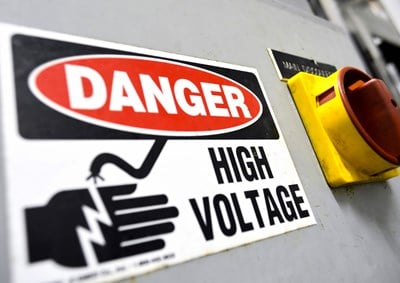A nosebleed, especially one that arises spontaneously in a child, can be alarming, but most nosebleeds are not serious and often look much worse than they really are.
Nosebleeds most often are caused by dry or thin mucous membranes in the nose (which may be linked to indoor heat in the winter), sinusitis, and nose picking. Less often nosebleeds result from colds, allergies, injuries, sticking small objects up the nose or cocaine use.
In older persons, they may be linked to atherosclerosis (“hardening of the arteries”), high blood pressure, blood-clotting disorders or infections, or sometimes they are caused by aspirin and other drugs that interfere with blood clotting. In rare instances, frequent nosebleeds may be linked to a serious illness or disease.
To stop a nosebleed:
- Sit with head forward while pinching the nostrils together continuously for at least 5 minutes, or if bleeding persists, for 10 minutes. Do not tilt head back (so as to avoid swallowing blood, which may cause nausea, vomiting and diarrhea).
- Stop pinching the nose if it becomes particularly uncomfortable, or the bleeding is not easily controlled by this technique.
- If the nosebleed is the result of an injury or blow to the nose, placing a cold compress or ice pack across the bridge of the nose may help alleviate some swelling and discomfort.
If a nosebleed occurs after a fall or car crash, seek immediate medical attention; this could be a sign of internal bleeding. If bleeding persists for more than 15 minutes, seek a medical assistance. If bleeding persists and is related to a blow to the face, head or nose, physician evaluation is needed to determine whether the person has a broken nose or a facial or head fracture.
 American College of Emergency Physicians
American College of Emergency Physicians







